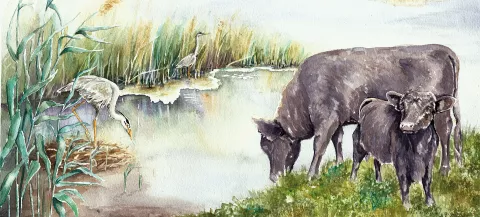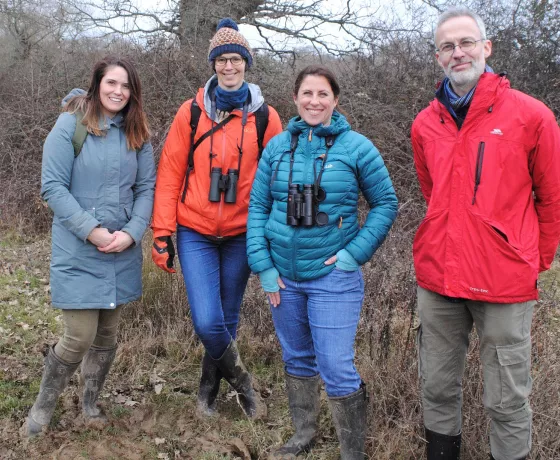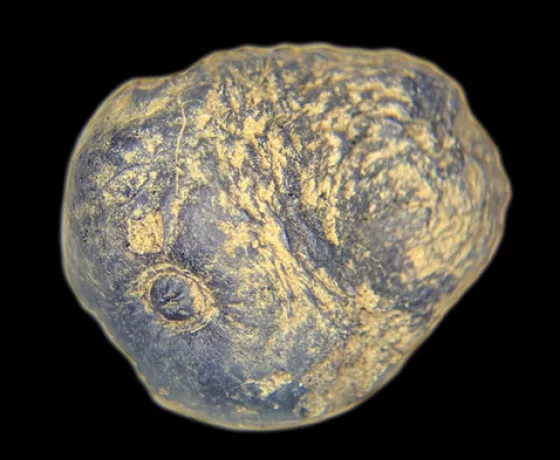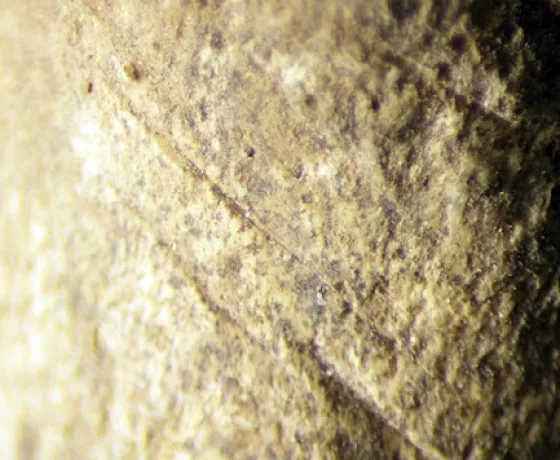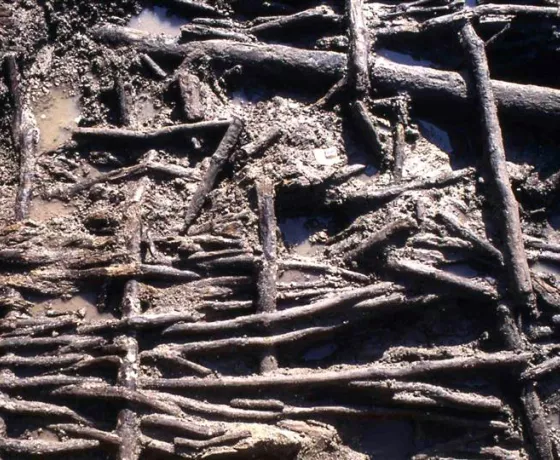Rewilding Later Prehistory
In recent years, the realities of how people have contributed to climate change and biodiversity loss, and how our futures will be shaped as a result, have become painfully clear. The UN estimates that one million of the world’s eight million species of plants and animals are now at risk of extinction. David Attenborough’s ‘Wild Isles’ series awakens us to Britain’s magical wildlife and reminds us of its extreme fragility. At the same time, we hear hopeful stories about new farming methods that enhance biodiversity, about reintroduced species like beaver that can transform the ecosystems of protected landscapes, and about ambitious nationwide government plans for nature recovery. Understandably, archaeologists are seeking to show why and how archaeology matters to these urgent global issues.
UK Research and Innovation is funding a four-year project based at Oxford Archaeology – ‘Rewilding’ later prehistory: Bronze and Iron Age ecologies from the perspective of the wild'. This project is taking positive steps to illuminate the ‘wonder and enchantment’ of past wildlife and to demonstrate what archaeology can do for nature recovery.
The ‘Rewilding’ project is a truly interdisciplinary and collaborative project that brings together an international network of archaeological scientists, digital specialists and rewilding experts. The project will piece together scattered evidence about wild plants and animals to build a new account of how wildlife and people shaped each other from the start of the Bronze Age (4500 years ago) to the end of the Iron Age (AD 43 or the date of the Roman Conquest), a time when landscapes across Britain changed from wild to farmed. By putting wildlife centre stage, we want to balance traditional narratives of human progress – agricultural revolution, technological advance, and urbanisation – with subtler stories of woodland regeneration, mobile lifestyles, farming setbacks, and the essential role of wild plant and animals in everyday lives.
Experts from Oxford Archaeology’s environmental archaeology and research and publications teams are contributing to major studies about horse ‘ferality’ and the character of prehistoric hedgerows and ‘wild areas’ – landscapes rich in palaeoenvironmental evidence but which have produced few human traces. The teams work with specialists across British archaeology and with the Archaeology Data Service to make information about past environments much more accessible for everyone in future. World-leading experts from the universities of Oxford and Exeter and the Centre for Ancient Genomics, Toulouse, are collaborating to build an exciting scientific toolkit for investigating archaeological wildlife.
Many of our research ideas have been shaped by the interests of rewilding pioneers, Knepp Castle Estate. The Rewilding team is working with Knepp and other ecologists to learn more about how archaeology and nature recovery work can be mutually beneficial, to co-produce captivating archaeological interpretations for visitors to rewilded landscapes, and to pilot research methods that enhance Oxford Archaeology’s ambitious charitable and business aims.

